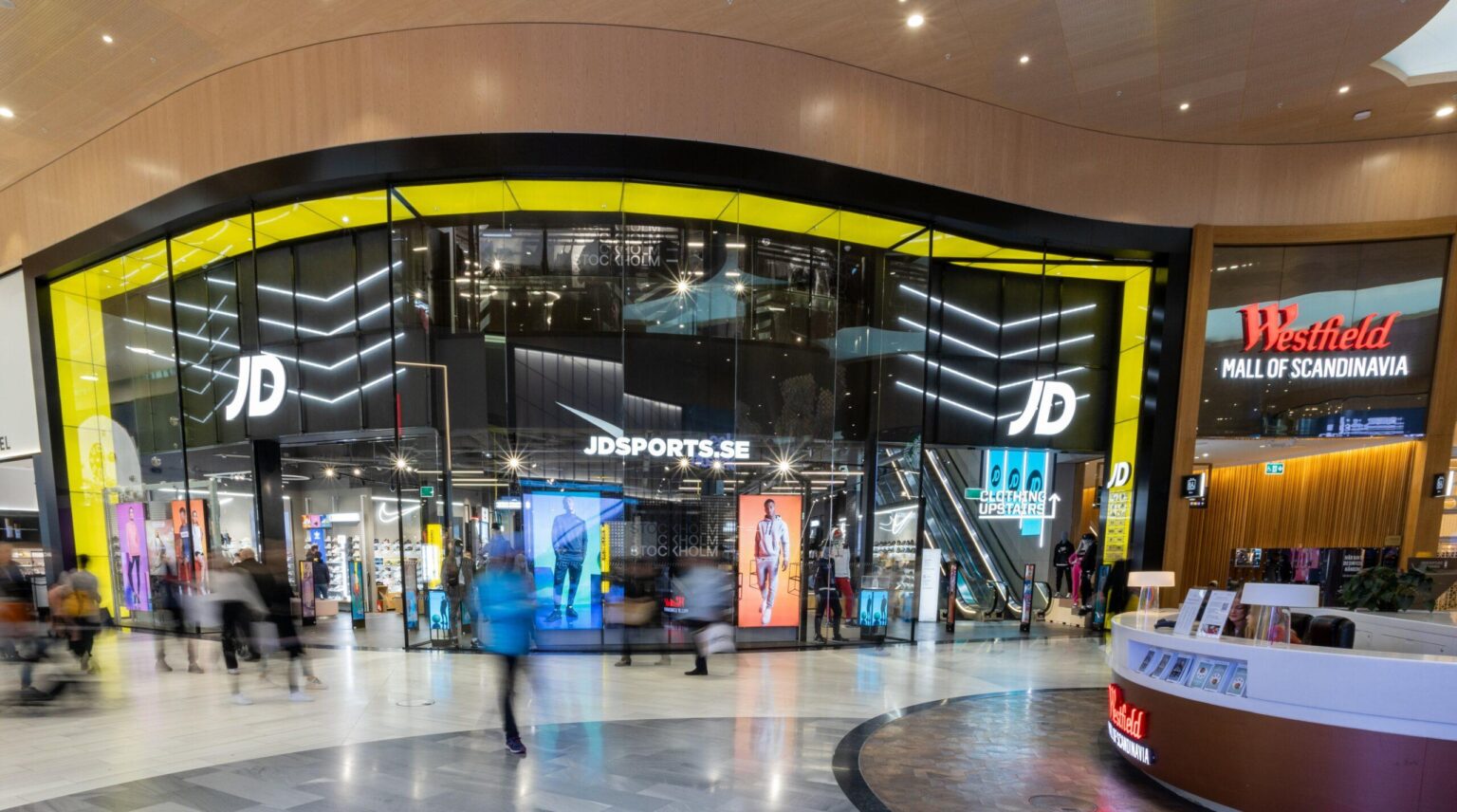JD Sports, the UK-based sportswear retailer, remains cautiously optimistic about its recovery prospects amid ongoing market challenges. Despite efforts to rebound from recent setbacks, the company continues to face significant hurdles, including shifting consumer trends and competitive pressures. This article examines JD Sports’ current position, strategic initiatives, and the outlook as it navigates a complex retail landscape.
JD Sports Faces Lingering Challenges Despite Signs of Recovery
JD Sports has shown encouraging signs of recovery in its latest financial reports, with sales rebounding and footfall increasing across key markets. The retailer’s strategic focus on strengthening its online presence and optimizing store locations appears to be bearing fruit. However, despite these positive indicators, the company continues to face significant challenges, including supply chain disruptions and increased competition from both traditional retailers and emerging digital platforms.
Key hurdles impacting JD Sports’ recovery include:
- Volatile global supply chains causing inventory shortages
- Rising operational costs amid inflationary pressures
- Intense rivalry in the fast-fashion and sportswear sectors
- Changing consumer preferences shifting towards sustainable brands
| Metric | Q1 2023 | Q4 2022 | Change |
|---|---|---|---|
| Same-Store Sales Growth | 4.2% | 1.1% | +3.1% |
| Online Revenue | £350M | £320M | +9.4% |
| Operating Margin | 6.5% | 7.1% | -0.6% |
| Inventory Turnover | 3.8x | 4.2x | -0.4x |
The mixed financial data highlights that while sales momentum is improving, JD Sports must still address margin compression and inventory efficiency to ensure sustainable recovery. Analysts recommend close monitoring of how evolving market dynamics will influence JD Sports’ competitive positioning in the months ahead.
Supply Chain Disruptions and Market Competition Continue to Impact Performance
JD Sports continues to grapple with lingering challenges as global supply chain interruptions persist, leading to irregular stock levels and delayed product launches. The company’s operational agility has been tested by shipping delays and increased freight costs, which have eroded profit margins and constrained inventory replenishment. Despite efforts to diversify suppliers and increase local sourcing, the volatile logistics landscape remains a significant hurdle in meeting consumer demand promptly.
Meanwhile, the retail landscape is intensifying with fierce competition from both established sportswear giants and evolving direct-to-consumer brands. Key pressure points include:
- Price wars prompted by aggressive discounting strategies in an oversaturated market
- Shifting consumer preferences towards sustainable and digitally native brands
- Increased online competition leveraging advanced e-commerce platforms and personalized marketing
| Challenge | Impact | JD Sports’ Response | ||||||||||
|---|---|---|---|---|---|---|---|---|---|---|---|---|
| Supply Chain Bottlenecks | Delayed product restocks, higher costs | Supplier diversification, local sourcing | ||||||||||
| Competitive Pricing Pressure | Margin compression | Targeted promotions, loyalty programs | ||||||||||
| Strategic Recommendations Emphasize Innovation and Cost Management for Sustainable Growth
To navigate the challenging retail environment, JD Sports must prioritize accelerating innovation across its product lines and digital platforms. Introducing cutting-edge technology, from AI-driven personalized marketing to augmented reality fitting rooms, could enhance customer engagement and retention. Embracing sustainable materials and collaborating with emerging brands will also position JD Sports as a forward-thinking leader in athleisure, appealing to environmentally conscious consumers without compromising style or functionality. Alongside innovation, maintaining strict cost management is crucial to safeguard margins amid fluctuating supply chain expenses and inflationary pressures. JD Sports should focus on:
These strategies will need to be balanced carefully to support sustainable growth without sacrificing the brand’s dynamic appeal.
Wrapping UpAs JD Sports navigates the complexities of its recovery, the company faces a challenging road ahead marked by shifting consumer behaviors and competitive pressures. While recent initiatives offer some optimism, stakeholders remain cautious about the hurdles that must be overcome to restore growth and confidence. Moving forward, the retail giant’s ability to adapt and innovate will be critical in shaping its financial trajectory and market position. |

